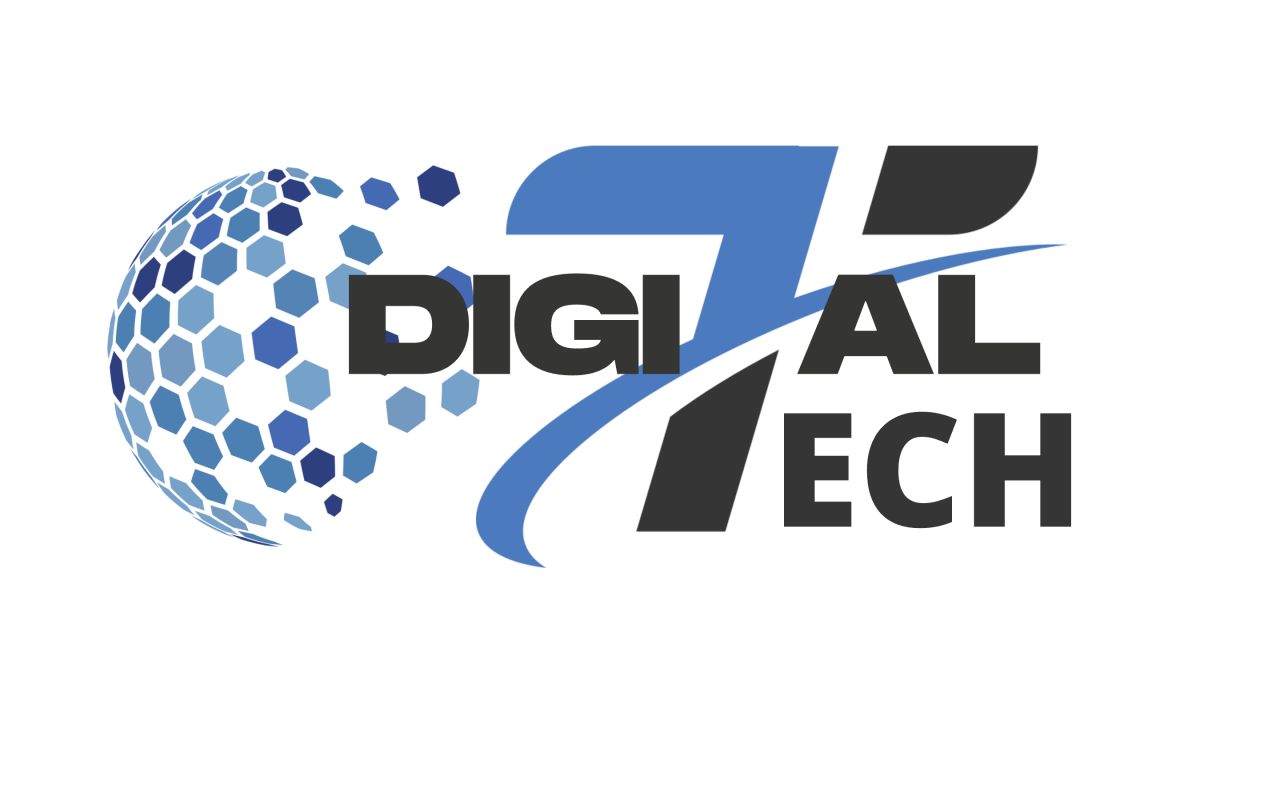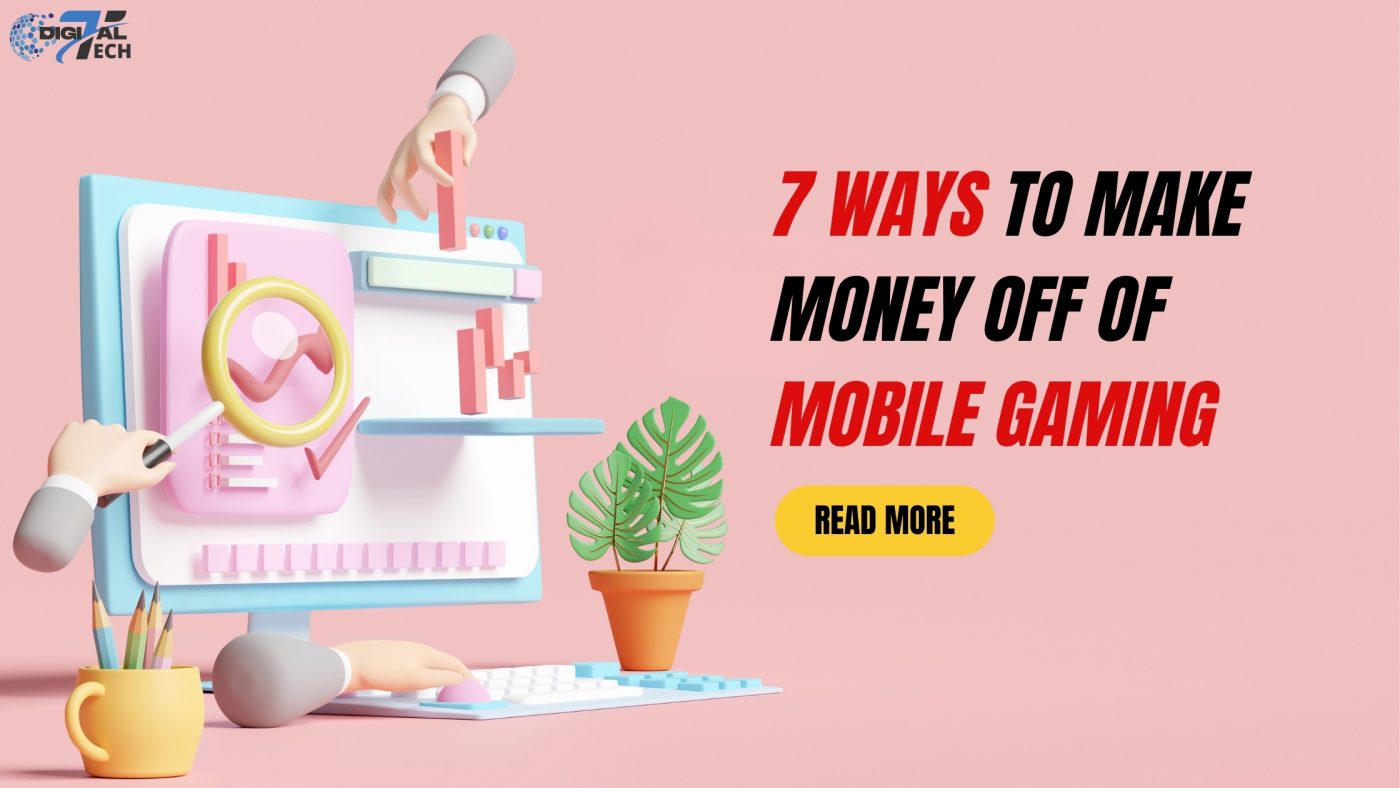App are a business, albeit a very successful one. With almost half of all sales made in the App Store and Google Play Store combined, games are a stand-alone sector. The market is huge, even when compared to PC gaming; it is expected to reach a valuation of over $100 billion by 2024 and double over the next ten years.
Many developers come to the yard because of all this money. However, developing a game is one thing; turning a profit is quite another (pun intended). We list the top 7 mobile game monetization tactics in this post and offer advice on which one is best for you. Continue reading to find out more!
1. What is the monetization of mobile games?
There are numerous ways to turn player interaction into money, so long as the game is profitable. In-app purchases (IAPs), where users purchase consumables like power-ups or permanent upgrades, and subscription models for recurring advantages, are only two of the various strategies that developers can investigate. Using advertisements, such as interstitials, banner ads, and rewarded video ads that provide players with in-game benefits for viewing brief movies, is another well-liked strategy. Every approach has particular benefits and drawbacks, most of which will be covered in more detail later in the piece.
A well-thought-out plan supports upcoming updates and initiatives in addition to paying for development expenses. To strike a balance between making money and making sure players have a good time, you must match the monetization strategy with player preferences. It should not feel like a bother for gamers to pay for the game or in-game items.
2. Models for monetizing mobile games
1. In-app purchases
With in-app purchases (IAPs), a well-liked method of game monetization, users can purchase virtual products directly within the game. These purchases can be made for non-consumable things like permanent character upgrades, new stages, and cosmetics improvements, or consumable things like more lives, power-ups, and in-game money. Players frequently make these purchases in order to enhance their gameplay, advance more quickly, or personalize their avatars. Developers are able to accommodate a range of player tastes and spending habits by providing a diverse selection of things.
Using this method, you can:
- Generate a consistent flow of income as gamers keep buying things to improve their games.
- Permit the game to be played for free in order to draw in more players and lower the barrier to entry.
- Increase player retention and engagement by providing worthwhile in-game merchandise.
Naturally, there are difficulties.
- In order to prevent a pay-to-win situation, which can cause player apathy and attrition, you must balance the game
- Along with making sure non-paying gamers still have fun, you also need to make sure there are enough incentives for other people to buy in.
You’ve undoubtedly played popular IAP-using games like Candy Crush Saga and Clash of Clans. In order to speed up construction and training, Clash of Clans provides in-game currency and a variety of resources, whereas Candy Crush Saga sells power-ups and more lives to help players get through challenging stages. These games show how intelligently placed in-app purchases (IAPs) may generate large amounts of money without sacrificing player enjoyment or engagement.
2. Subscriptions
In the subscription model, users pay a regular amount to gain access to in-game features or premium material. This strategy increases user engagement and satisfaction by providing exclusive bonuses like extra levels, characters, or ad-free experiences. Players who choose to subscribe can get a more detailed and engaging game environment.
Benefits:
- Because they offer a consistent and predictable revenue stream, recurring payments let developers budget for and make investments in upcoming upgrades and enhancements.
- Because subscribers are more likely to stick with the game long enough to gain their money’s worth, subscriptions can encourage a sense of commitment and loyalty among players.
- fulfillingSubscribers frequently get access to unique features and content, which makes for a more fulfulling and thorough gaming experience.
- By allowing users to upgrade from a free tier to a paid one, you can draw in more players at first and grow your prospective subscriber base.
Disadvantages:
- Strong value propositions and a lot of effort are needed to persuade gamers to switch from free to paid memberships.
- You must consistently provide fresh information and updates to subscribers in order to maintain their attention.
- Gamers will inevitably have to choose between several games that offer similar models.
An illustration of this would be Apple Arcade, which is more of a gaming service than a physical game but nevertheless provides an extensive library of premium games with no ads for a cheap monthly subscription. A season pass is available for the pure game Clash Royale, giving players access to special awards and advancement enhancements that improve gameplay.
It takes work to manage subscriptions, but if done well, it may be quite profitable. Adapty provides cutting-edge tools and data to help subscription game app creators optimize their profits.
3. In-app ads
The most popular method of game monetization is for creators to place advertisements in their games in order to make money. To fit different gaming and user interaction conditions, different ad formats might be used.
Different In-App Advertising Types:
- Small ads that are shown at the top or bottom of the screen are called banner ads. Although they are less obtrusive than other ad formats, they frequently bring in less money.
- Full-screen advertisements known as interstitials appear throughout the game’s natural transitions as well as between stages. These advertisements have a higher potential for revenue generation and are more engaging, but if not scheduled properly, they may also be more disruptive.
- Rewarded Videos: Gamers receive in-game benefits like additional lives, money, or power-ups in exchange for watching brief video advertisements. Because it gives the player something of value and can boost engagement, this kind of advertisement is very effective.
- Native advertisements are those that fit in well with the game’s content and frequently appear in the environment of the game. Because these advertisements blend in with the game’s aesthetic, they can be more captivating and less obtrusive.
This approach has the following advantages:
- By making the game free to play, advertisements draw in more players.
- You can utilize a variety of ad types to increase your potential revenue.
- Free games frequently have advertisements, particularly in the form of rewarded films that grant in-game advantages to players.
And naturally, a few difficulties:
- Excessive or ill-timed advertisements can ruin the user experience and irritate players.
- Some players use ad blockers, which may lower their earnings.
- Ad revenue is frequently less than in-app purchases or subscription fees and can be erratic, particularly in cases when the game’s user base is small.
4. Hybrid monetization strategy
A hybrid monetization plan includes all the tactics we’ve discussed to maximize game earnings. This method lets you accommodate player preferences and spending habits, boosting revenue.
Income Diversification Benefits:
- Developers can maximise revenue by using many monetization approaches. Ad watching can generate revenue for non-in-app buyers.
- A hybrid strategy gives players choice in game support. Players may decide to buy or view ads for rewards.
- Reduced Risk: Single-revenue models are risky. Diversifying revenue reduces risk from player conduct, market trends, and platform restrictions.
- Engagement: Multiple ways to obtain premium content or prizes can boost player engagement. Non-paying players can progress with rewarded advertisements, keeping them engaged.
Some examples:
- Clash of Clans uses advertisements and in-app purchases. In addition to buying in-game currency and resources, players can view advertisements to speed up development or win incentives.
- Players can buy extra lives, power-ups, and moves in Candy Crush Saga or watch rewarded video ads for bonuses.
- PUBG Mobile enhances the player experience with in-app purchases for cosmetic goods and battle passes, advertisements, and event-based promotions.
5. Premium-paid model
The premium model demands a one-time cost to download and play your game. Players can access all game content without buying or seeing adverts with this monetization technique. It provides a clear cash stream from each download, letting you focus on building a great game without worrying about monetization.
In a free-to-play industry, enticing people to paid games is difficult. Players are wary about spending money without trying the game. To combat this, your game needs high-quality graphics, exciting gameplay, and distinctive features to stand out. Strong marketing, positive reviews, and social media gaming communities enhance shopper expectation and trust.
Even with upfront pricing, several premium games have succeeded. Monument Valley, Minecraft, The Room, and others show that users will pay for high-quality and unique experiences. Deliver a unique product and communicate its worth to attract a loyal audience eager to pay for a premium gaming experience.
6. Meta-layer monetization model
Meta layer monetization adds decorative items, battle passes, and social elements outside the primary gameplay. This method improves playability without changing the basics. You may generate more cash while keeping the game fun and fair by selling supplementary content.
This model caters to different player segments’ interests and spending habits. Cosmetic products that let users customize their avatars may appeal to casual gamers, while battle passes with exclusive rewards and growth boosts may appeal to dedicated players. Guilds and chat can also draw players who value community and connection in the game, motivating them to spend on social aspects.
Fortnite and Call of Duty: Mobile use the meta layer monetization approach to sell skins and emotes and battle passes with exclusive content. These monetizable features can increase revenue without disturbing gameplay, keeping paid and non-paying players happy.
7. Sponsorships and collaborations
Your game’s exposure and reach can produce significant cash from brand and game sponsorships. Integrated sponsored content, special events, or cross-promotions improve the gaming experience while giving financial assistance from the partnered brand. By adding popular brands or games, you may attract new players and maintain existing ones with unique, limited-time content that adds value.
Sponsorships and partnerships have benefits beyond cash. Partnerships with well-known businesses can enhance your game’s media coverage and downloads. These relationships can lead to new partnerships, building a network for long-term success. Aligning your game with well-known brands can boost its reputation and attractiveness to players and investors.
In the mobile gaming business, sponsorship and collaboration deals have worked well, such as Angry Birds’ special edition game for Rio. Pokémon GO has worked with Starbucks and McDonald’s to turn their establishments into in-game PokéStops and Gyms, increasing foot traffic and improving the game. Strategic partnerships may generate money and engagement for both sides, as seen by these relationships.
3. How to boost your mobile game monetization
Optimize UX. Make sure your game is engaging and smooth. Design for simplicity and minimal disturbances. Players can spend money naturally in Candy Crush Saga because commercials and in-app purchases don’t stop gameplay.
Make data-driven decisions. Use data to analyze player behavior and preferences. Use this data to boost monetization. Clash of Clans adjusts in-app purchases based on user activity to boost revenue.
Run successful marketing campaigns. Marketing attracts and retains players. Use influencers, social media, and app store optimization. Pokémon GO uses effective location-based events and partnerships like Starbucks to boost player engagement and spending.
Always add new content. Stay current with game changes. Keep players engaged with fresh levels, characters, and events. Fortnite does this well, introducing fresh skins and game modes to keep gamers coming back and spending money.
Offering Multiple Monetization Options. Use multiple monetization tactics to attract players. Mix in-app purchases, advertisements, and subscriptions. PUBG Mobile maximizes money from a wide audience with cosmetic purchases, battle passes, and adverts.

